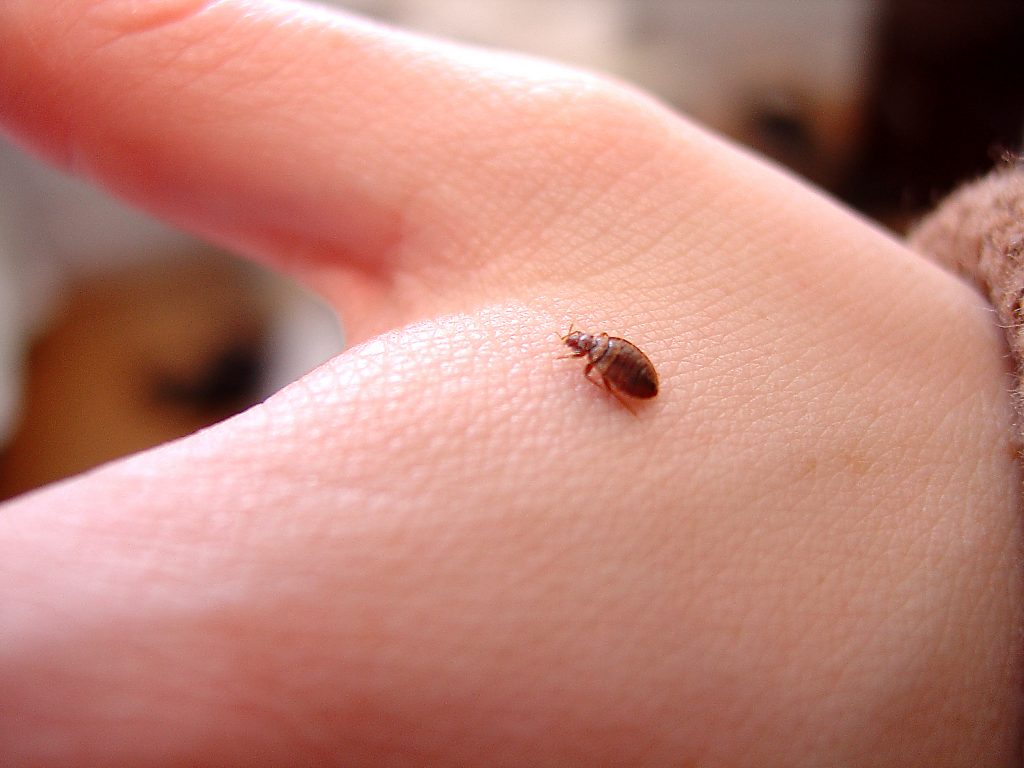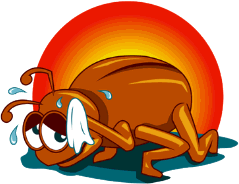When you have bed bugs, there are a number of signs to look for. A bite is one of the most obvious signs of an infestation. Once you notice telltale signs, it is important to treat your home to prevent an infestation.
Symptoms to Look for
A bed bug can leave a red mark on your skin. Initially, this may look like a bite from insects like chiggers or mosquitoes. It may look like hives or a rash from eczema. For luckier individuals, this bug does not cause any symptoms at all. An estimated 70 percent of people will not have any symptoms. With repeated exposure, individuals are more likely to develop symptoms. Their body learns to react to the anesthetic present in the bug’s saliva. Once symptoms show, it is important to get treatment and remove the infestation.
One of the most common signs to look out for is a raised, red welt. A rash may develop around the location where you were bitten. You may also suffer from burning and itching. In many cases, you will have a straight line of bits in one area. Sometimes, these symptoms will occur in cycles. The eggs hatch after about 6 to 10 days. Once they emerge, they will molt five times. Before each molt, they have to feed at least once. They may also feed up to once a day. During a single year, there may be three or more generations that could try to feed on you.
If you notice symptoms of an infestation, take the sheets off of your bed. Look in the edges and crevices of your mattress for a flat, reddish brown bug. Then, look at your box springs for eggs to adult bugs. If you notice bugs on your mattress, then you have an infestation.

Treatment for Bed Bugs
Once you notice the bug bite, the next step is finding a treatment for it. If you have several bites, you may want to see your dermatologist. Oozing, blisters and pus are a sign that you have an infection or an allergic reaction. If you do not have signs of an infection or an allergy, then you can treat the ailment at home.
The first step is to wash the affected area with soap and water. This will reduce some of the itchiness and prevent the area from becoming infected. If itching is a problem, a corticosteroid cream can be applied to the area. A weakened version of this cream is available at most drugstores. For a stronger option, you have to have a prescription from your doctor.
Unfortunately, the only real treatment is to remove the problem. An infestation will only keep growing over time. If you want to stop the itching, you have to remove the infestation completely.


